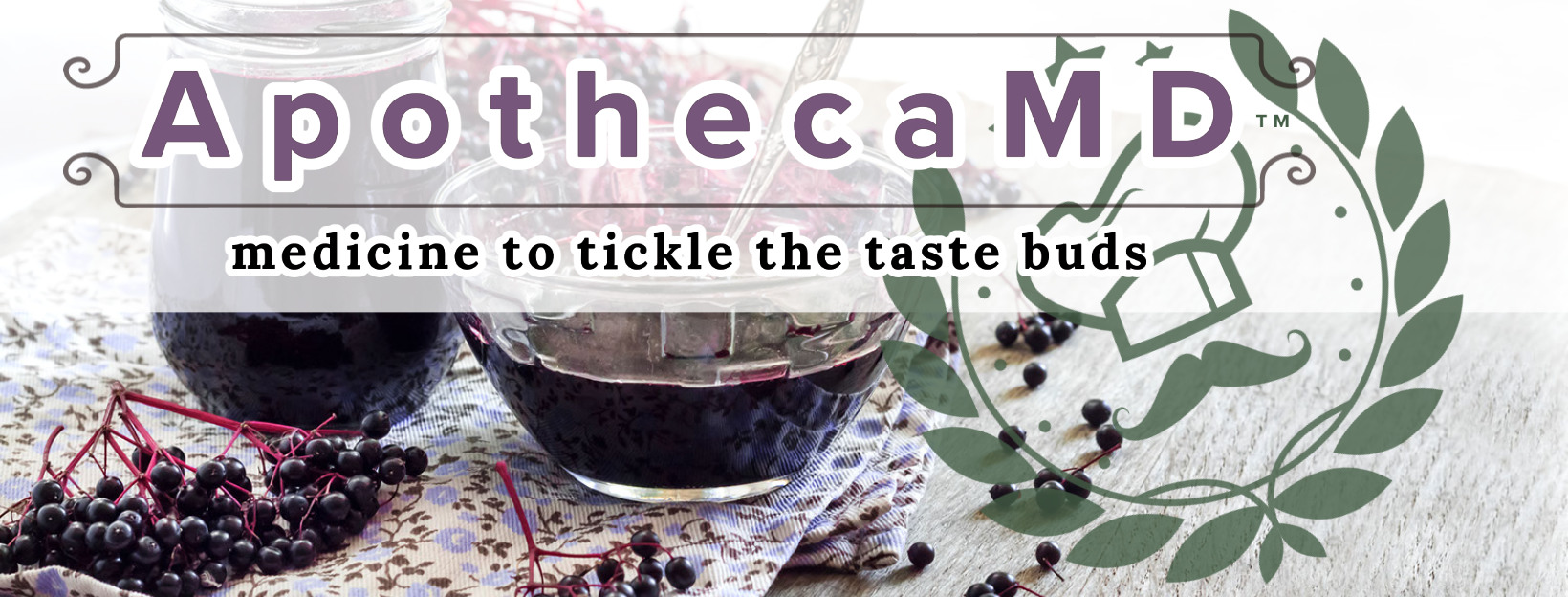Anti-ageing effects of ubiquinone and ubiquinol in a senescence model of human dermal fibroblasts
Free Radic Biol Med. 2021 Mar;165:282-288. doi: 10.1016/j.freeradbiomed.2021.01.032. Epub 2021 Jan 19.
ABSTRACT
Coenzyme Q10 (CoQ10) is an endogenous lipophilic quinone found in equilibrium between its oxidised (ubiquinone) and reduced (ubiquinol) form, ubiquitous in biological membranes and endowed with antioxidant and bioenergetic properties, both crucial to the ageing process. CoQ10 biosynthesis decreases with age in different tissues including skin and its biosynthesis can be modulated by 3-hydroxy-3-methyl-glutaryl-coenzyme A (HMG-CoA) reductase inhibitors such as statins. Statin-induced CoQ10 deprivation has previously been shown to be associated with the development of a senescence phenotype in cultured human dermal fibroblasts (HDF), hence this model was used to further investigate the role of CoQ10 in skin ageing. The present study aimed to compare the bioavailability of exogenously added CoQ10, in the form of ubiquinone or ubiquinol, to CoQ10-deprived HDF, and to determine their efficacy in rescuing the senescent phenotype induced by CoQ10 deprivation. First, additional senescence markers were implemented to further support the pro-ageing effect of statin-induced CoQ10 deprivation in HDF. Indeed, numerous senescence-associated secretory phenotype (SASP) markers such as p21, IL-8, CXCL1, and MMP-1 were upregulated, whereas components of the extracellular matrix were downregulated (elastin, collagen type 1). Next, we showed that CoQ10 supplementation to statin-treated HDF was able to counteract CoQ10 deprivation and rescued the development of selected senescence/ageing markers in HDF. Ubiquinol resulted more bioavailable than ubiquinone at the same concentration (15 μg/mL) and it significantly improved the cellular oxidative status even within isolated mitochondria highlighting an effective subcellular delivery. Ubiquinol was also more efficient compared to ubiquinone in reverting the expression of the senescent phenotype, quantified in terms of β-galactosidase positivity, p21, collagen type 1, and elastin at the gene and protein expression levels. In conclusion, our results highlight the pivotal role of CoQ10 for skin vitality and strongly support the use of both forms as a beneficial and effective anti-ageing skin care treatment.
PMID:33482334 | DOI:10.1016/j.freeradbiomed.2021.01.032

